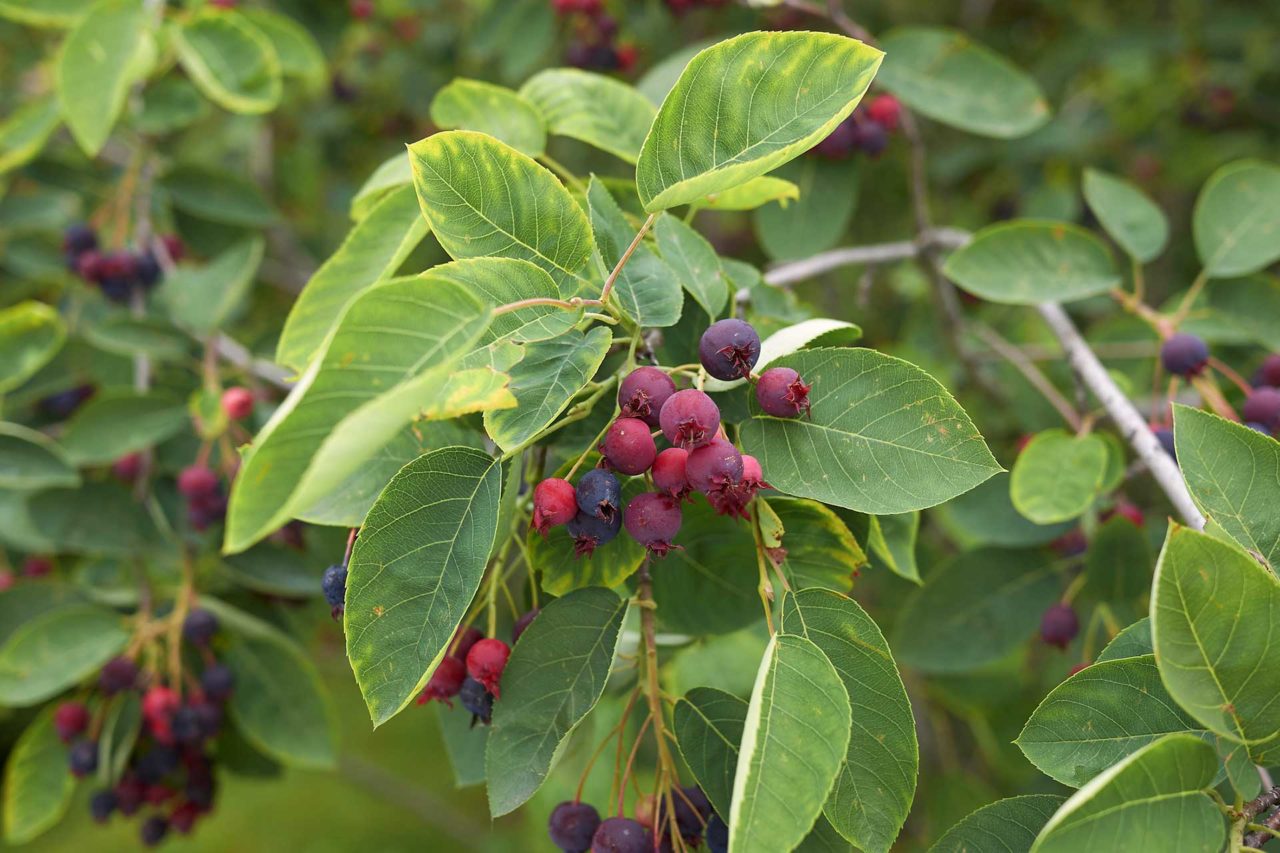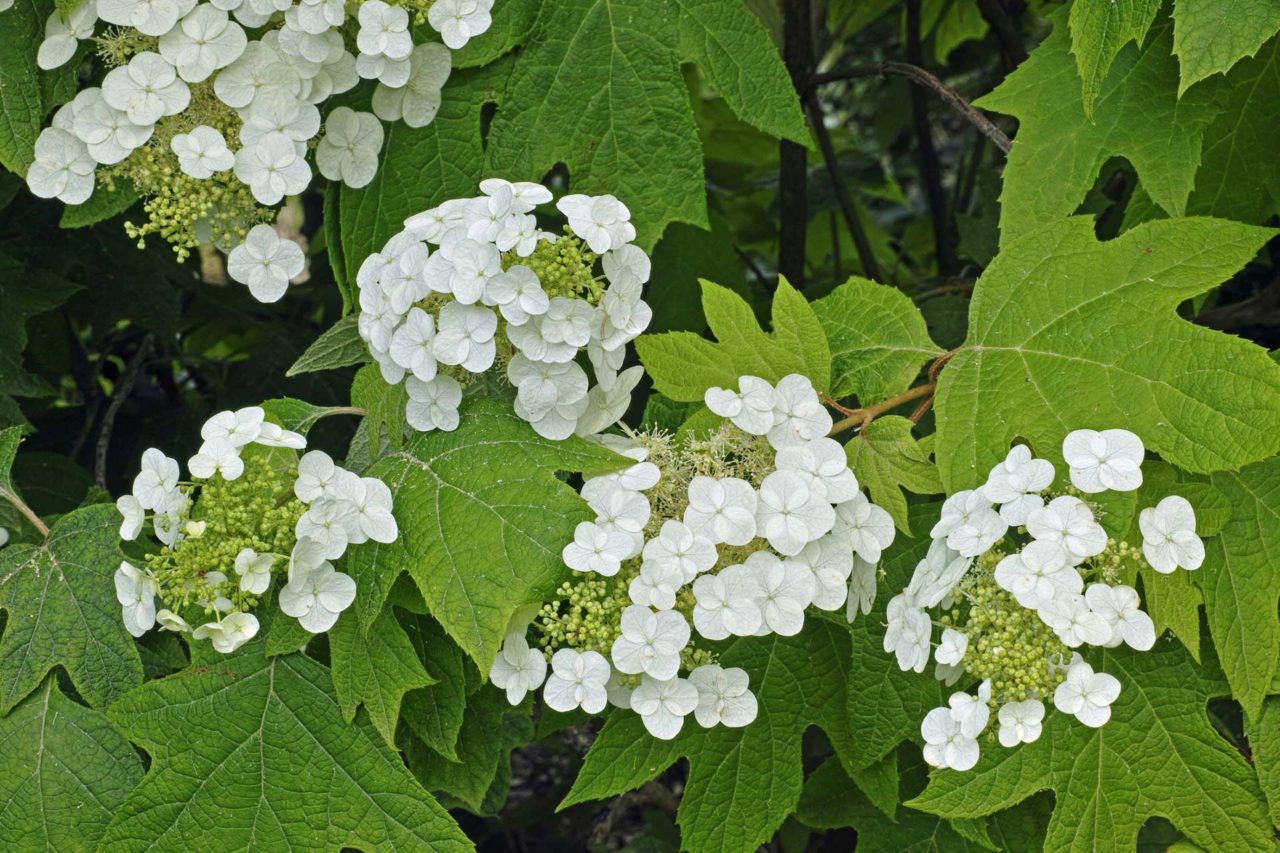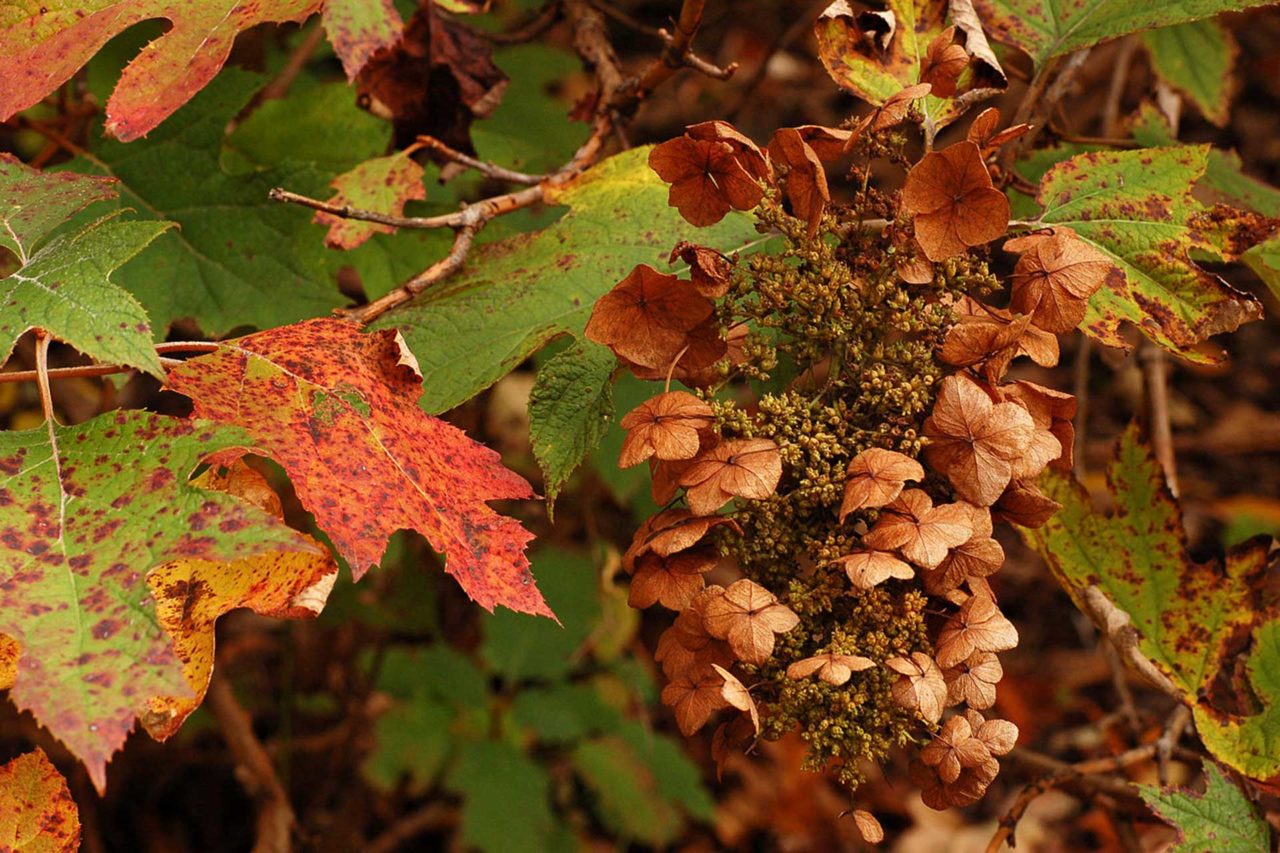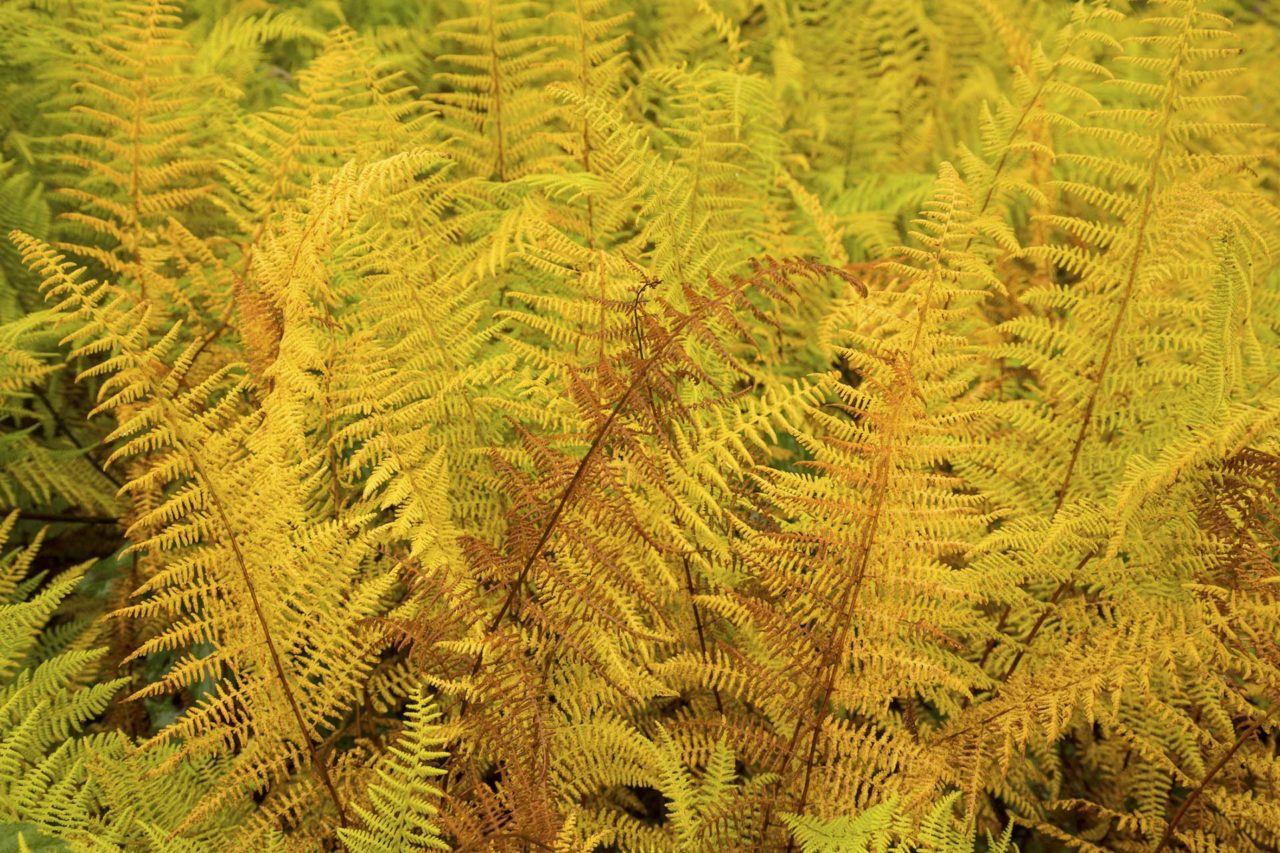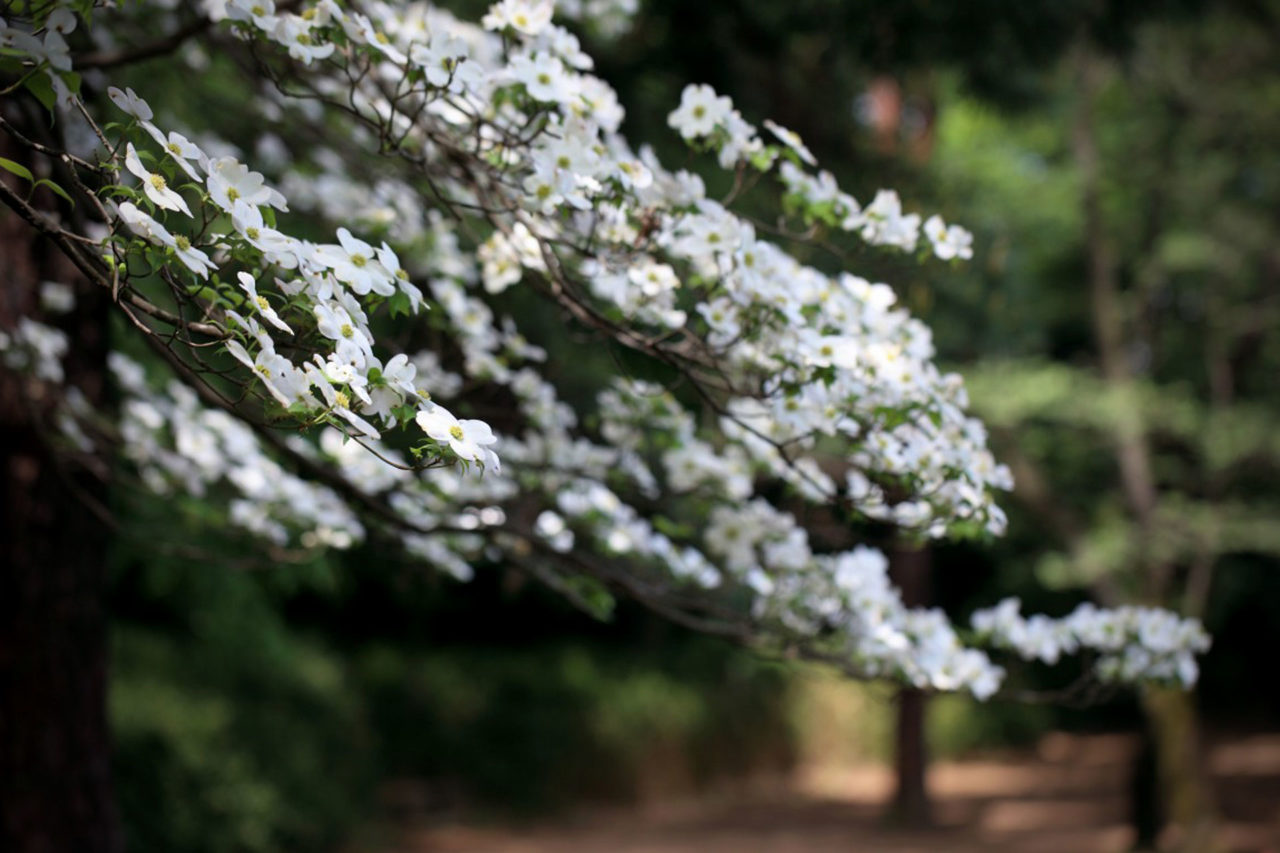Top Low-Maintenance Native Plants for Shady Woodland Gardens in New England
Recent years have shown a new (and in some cases a renewed) interest in growing native plants in the garden, and are most frequently seen in the form of pollinator gardens. These are landscapes planted with the purpose of providing pollen and nectar for bees and other wildlife to stay in the area, thus maintaining and growing habitats and ecosystems. They are often thought of and seen as colorful wildflowers, but not all natives need to have bright flowering petals to be effective in the garden. This group is also considered to be a gangly, spindly, and scrubby type of plant growing in a forest or next to a water body. While perhaps not always as well shaped as their garden center counterparts, many native plants provide beautiful structure and seasonal interest.
Key Takeaways
- Native plants adapted to local woodland conditions make for resilient, low-maintenance landscapes that support wildlife.
- You’ll get species recommendations and pairing ideas that thrive with minimal intervention and natural elegance.
- The post helps you lean into nature’s blueprint — building a woodland garden that quietly evolves, not constantly needs tending.
What is the big deal with natives, anyway? By definition, a native is anything indigenous to a specific place of origin or growth. Plants that are native prefer the soil, climate, and precipitation of the areas of the world they come from. This is important since a plant will grow and thrive with relative ease if it is in a place that is suited for them with little external intervention. Long term, this means less watering, less fertilizer or soil amendments, and often more resistance to pests and disease. Starting with an example of a dappled sunlight, part shade garden, here are a few of my favorites.
1. Amelanchier canadensis (Shadblow Serviceberry)
Considered a small tree or a large shrub growing to a height of 25/30’ (but probably averaging around 20’) and 15’ wide, this is a great choice equally suited for screening or just general garden structure and height. Shad prefers a medium, well-drained soil, but I have seen it tolerate various conditions. Early spring will see the blooming of slightly fragrant white flowers, giving way to purple/black berries which are edible and can be used for jams or baking. Songbirds as well as other wildlife love to munch on them, too. In the winter, the elephant gray bark and overall form is really showcased (I like the multi-stem version best), but my favorite attribute of Amelanchier canadensis is the quintessential New England bright orange and red fall color.
2. Hydrangea quercifolia (Oakleaf Hydrangea)
Having no relation to oak trees aside from a similar shaped leaf, this is a great shrub for the dappled sun and woodland garden. Technically native to the Southeastern part of the country, Oaleaf Hydrangea is a tough plant that I have seen pull through some brutal New England winters. ‘Pee Wee’ is an excellent choice for the average garden since the shrub tops out at 3/4’ tall and wide. The long lasting conical white flowers appear in June to July, which eventually fade to a pink and brown by late summer (and look cool cut and dried). The flowers of the ‘Ruby Slippers’ cultivar fade to a deep red which and provides additional interest and color. Oakleaf Hydrangea will tolerate sun to part shade (and deeper shade as well, though in my experience will get fewer blooms and the shrub will get rather leggy), and a medium, well-drained soil. When autumn rolls around these shrubs will be set ablaze with burgundy and red colors. No major pests or diseases make this hydrangea an easy-care option, and they are not the first choice for deer browsing.
3. Dennstaedtia punctilobula (Hay Scented Fern)
A favorite of mine for the perennial layer, Hay Scented Fern offers lush, easy grown foliage that is at home with the two woody plants above. Like most ferns, its preference is for shade but it will tolerate some sun if the soil is kept relatively moist (it will grow in dryer conditions once established as well). Coming in at about 1.5-2’ in height, these ferns do a great job of bridging the gap between the ground layer and the mid layer of shrubs. It does spread, so it is best planted in a place that you want naturalized or at least in a location where you don’t mind if it takes over. In the fall the Hay Scented Fern will turn an eye catching golden yellow before dying back to the ground. Like most ferns, this one is rabbit and deer resistant. Oh, and the name? When crushed or broken, the fronds smell like hay that has been recently cut.
BONUS: Phlox diviracarta (Woodland Phlox)
Here is another great perennial that goes well with the others above and provides a beautiful blue/purple pop of color in April/May. As you might have guessed from the name, the Woodland Phlox is at home in shaded areas. It grows about a foot tall and prefers moist, well-drained soil. Like the Hay Scented Fern, Woodland Phlox will spread, so an area of the garden that can be left to be colonized will suit this perennial best. There is not much to it once it has flowered (it looks rather non-descript for the latter half of summer and into the fall), but for some that rush of color early in the season may be worth it. The deer will leave it alone, but rabbits often find this munchable.

